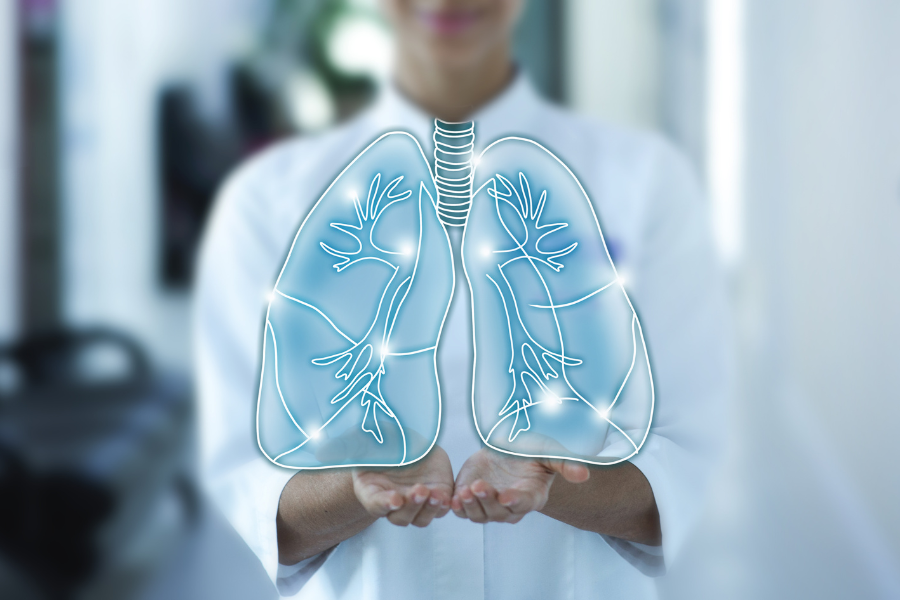Monitoring your blood pressure regularly can help your healthcare provider find and diagnose problems early. Luckily, monitoring blood pressure at home and on your own is relatively easy, and can be done on grocery store or pharmacy weekly trips. If you have questions about your blood pressure, the team at CheckPoint Urgent Care is close by.
How to Measure Blood Pressure
Screenings for hypertension (high blood pressure) are a part of a normal healthcare screening. People who have chronic health conditions, are obese, over 40, or are Black are at a higher risk of developing hypertension.
If you are at higher risk, your healthcare provider may suggest monitoring your blood pressure at home. This is easier than ever with advancements in technology, and at-home monitors are available at your local drugstore for relatively cheap. If this is recommended, you’ll want to keep a journal or log of your daily readings. It’s very important to note that at-home blood pressure readings are not a substitute for regular healthcare visits.
What is Blood Pressure?
The heart pumps blood to all of the tissues and organs within the body. As the blood moves around the body, it puts pressure on the walls of the vessels. Blood pressure readings involve two numbers, and is usually written as “120/80” and pronounced as “120 over 80”.
- Systolic blood pressure: this is the first number in the reading. It’s the pressure as the heart is beating when it’s squeezing and pumping blood into the vessels
- Diastolic blood pressure: this is the second number in the reading. It’s the pressure on the blood vessels as the heart relaxes. This number is always lower than the systolic pressure number
Blood pressure is measured in units of mercury (mmHg). This does not measure mercury in blood. The first unit to measure blood pressure was a mercury column.
How to Measure Blood Pressure at Home
Your healthcare provider may recommend self-measured blood pressure (SMBP) monitoring based on your health history and risks. Using a blood pressure monitor at home is safe and easy. The American Heart Association recommends an automatic, cuff-style bicep monitor. You can purchase these at your neighborhood pharmacy or at online retailers like Amazon for less than $30. These models are recommended for several reasons:
- Wrist and finger monitors yield less reliable results
- They can be validated for use with seniors, pregnant women, and children
- The cuff size can be adjustable, and you want to ensure it fits properly
Follow these additional tips for SMBP monitoring:
- Use a blood pressure log to document your daily readings
- Take your blood pressure at the same time every day
- Take at least 2 readings, a few minutes apart
- Sit correctly, with your legs uncrossed and your feet flat on the floor
What Should I Do if the Blood Pressure Reading is High?
The American Heart Association defines elevated blood pressure as a systolic reading of 120- 129 and a diastolic reading of less than 80. High blood pressure is defined as a systolic reading of 130- 139 and a diastolic reading of 80- 89. This is also called stage 1 hypertension. Stage 2 hypertension is a systolic reading of 140 or higher and a diastolic reading of 90 or higher. Consult your doctor immediately if your systolic pressure is higher than 180 and/or the diastolic pressure is higher than 120.
If the reading is higher than 180/120 and you are experiencing signs of possible organ damage such as chest pain, shortness of breath, back pain, numbness, weakness, a change in vision or difficulty speaking, call 911 immediately. Do not wait for your pressure to go down.
If this is a single high reading, it is likely not cause for alarm. Wait a few minutes, and test your pressure again. It might be as simple as recalibrating your device.
Treating High Blood Pressure
A few lifestyle changes can help lower blood pressure and improve heart health.
- Reduce sodium intake: ideally, most adults should consume less than 1,500 mg of sodium a day. The American Heart Association recommends no more than 2,300 mg a day
- Eat healthy foods: choose more fresh fruits and vegetables, whole grains, and low-fat dairy products. Limit saturated and total fat
- Avoid or limit alcohol: alcohol can raise blood pressure. If you choose to drink, do so in moderation
- Don’t smoke: also try to avoid secondhand smoke
- Manage weight: losing even a few pounds can lower blood pressure
- Exercise: staying active helps manage your weight and can lower blood pressure
Treating Blood Pressure Disorders with CheckPoint Urgent Care
If you need help diagnosing, treating, or preventing high blood pressure, CheckPoint Urgent Care can give you the tools you need. To find a location or schedule an appointment, visit us online. Walk-ins are welcome!








